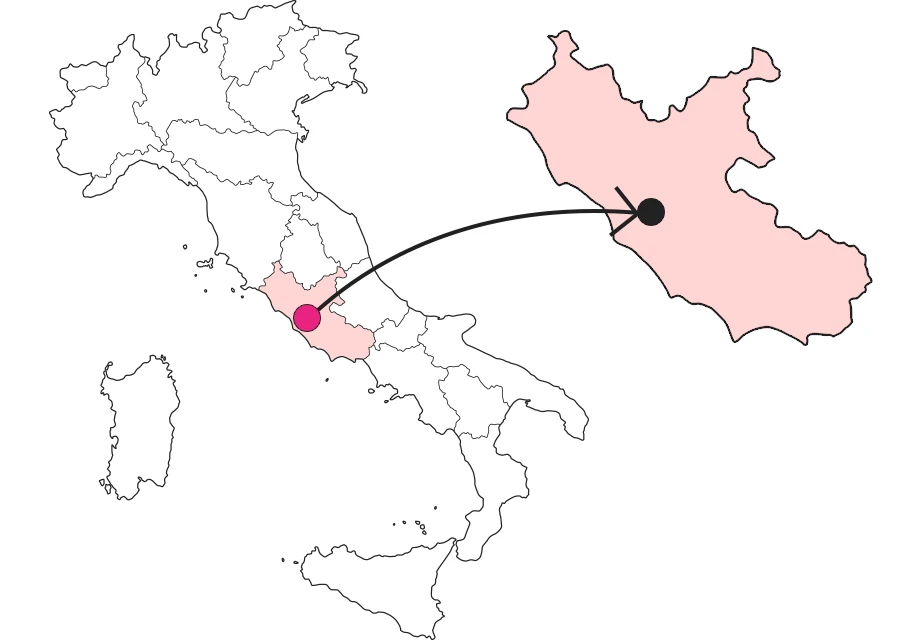SHARRYLAND


Domitian's Stadium, the hidden side of Piazza Navona
Even the iconic places of the Eternal City have their secrets. This one is hidden beneath our feet.



Where is

What it is and where it is
Have you ever wondered why the unusual rectangular, elongated perimeter of Piazza Navona? The size and shape of the beautiful square derive from the Stadium of Domitian, built before 86 AD to host the Greek athletic games, with a capacity of 30,000 spectators. The facade consisted of two orders of arches resting on travertine pillars with Ionic semicolumns in the first order and Corinthian in the second. Considering that today the level of the square is elevated about 6 meters above the original level, we find that the site is a testimony to the architectural stratification characteristic of the city of Rome.
Why it is special
I highly recommend visiting this site because it is important evidence of the ancient heart of Rome. In fact, visiting the Domitian's Stadium Museum allows not only to reread the contemporary city with a different perspective, but also to have a more defined general picture of ancient Rome, thanks to the 3D video reconstructions in the area and the numerous explanatory panels.
Don't miss
Although the area is small in size, its value is enormous. It's really worth looking at every little detail, and I don't just mean on the remains of the stadium, but also on the audio video aids that the museum offers that allow for a more articulate reconstruction of the area. In short, even those who are not historical or archaeological experts will be able to see clearly what the magnificent remains tell.
A bit of history
Some sources claim that on Saturdays and Sundays Piazza Navona was flooded. It was not until 1866 that Pius X suspended this custom because it was feared that it helped spread epidemics and disease. The place name of Piazza Navona seems to derive from the term "agones" (agonistic games) by corruption later transformed "into agone," "nagone," "navone," "Navona."
Trivia
A few meters from Piazza Navona is the statue of Pasquino, named probably after a craftsman who had his workshop in the Parione district and used to write satires. In ancient times it was one of the statues that decorated the Stadium of Domitian, later becoming one of the so-called "talking statues." Since the 16th century, in fact, Romans used to hang satirical and dialectal poems on these statues, often directed against politicians. This one in particular is still used with this function, as you will notice from the various signs that still hang near the statue today.
Enter the Map of Italy's Undiscovered Wonders and find treasures where you least expect it... Inspire, Recommend, Share...
The Map thanks:
Enter the Map of Italy's Undiscovered Wonders and find treasures where you least expect it... Inspire, Recommend, Share...
Where is


